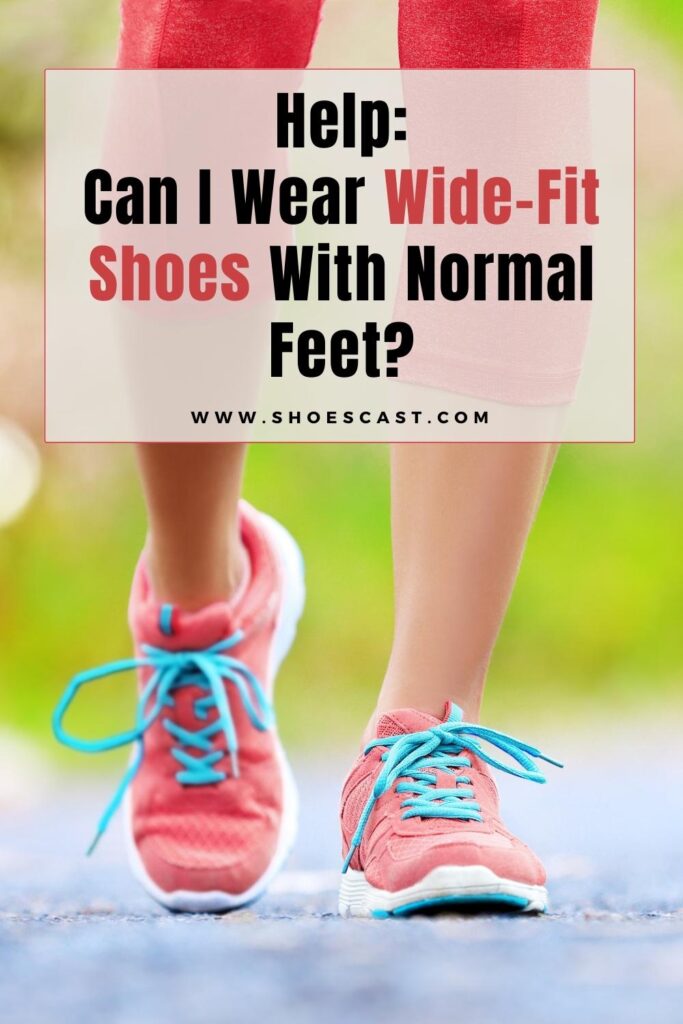Many of us have heard of the terms wide or narrow shoes, but frankly speaking, I am not sure how many of us fully understand what those terms mean. Therefore, questions like this one arise: Can I wear wide-fit shoes with normal feet?
What even are normal feet? I really dislike the term – “normal.” It seems as though only one specific kind of feet is normal, while others are… what? Not normal? I don’t know, maybe it’s just me to whom it sounds weird. But, for the sake of this article, I will stick with that term.
Knowing the right size of your feet is extremely important. For some reason, many bodily (mal)functions stem from our feet, and it seems as though everything starts there. So, it’s quite important to respect the true size and ensure our feet are comfortable and taken care of.
However, sometimes it’s not awfully bad to go for shoes which are a tad bit wider than our feet. Pregnant ladies love this hack for their precious swollen feet. It gives them some relief and makes life that much easier.
Also, people with many foot and health conditions like bunions, corns, diabetes, or obesity also benefit from wearing shoes with a wider fit than they actually need.
So, to answer your question right off the bat: Yes! If you need to, you can wear wide-fit shoes with normal feet. However, the situation is not that simple. Let’s see what are some things you have to pay attention to before you opt for bigger shoes for your everyday stroll.
Wide, or narrow: How to tell what kind of feet you have?

First thing first, we have to determine what wide or narrow feet actually are.
I’m sure all of us could tell in the middle of the night what’s our shoe size. We are so certain about that little number that we even know if we should go half a size up or down for certain footwear. We’re that invested in it.
However, not many people can tell right away if they have wide or narrow feet. I am not sure why is that so, but for whatever reason it is true: people get confused by this little fact about themselves.
Before I started researching this topic, I wasn’t sure either. It felt like a little psychological blockage as if I couldn’t describe and comprehend myself. But I easily got the gist of it and I will gladly help if you’re struggling, too.
The easiest way to tell what’s the width of your feet is by putting on your regular everyday shoes (the ones that perfectly fit you in length) and noticing if you have any space on the sides of your feet. If there is a space, then you probably have narrow feet.
If there is no space, and you actually feel a bit compressed, then your feet are probably wide.
There is a way to be more accurate, though. If you really want to be certain, you can always go to a professional podiatrist and ask him to measure your feet. They usually do it free of charge.
How can you measure the width of your foot by yourself?
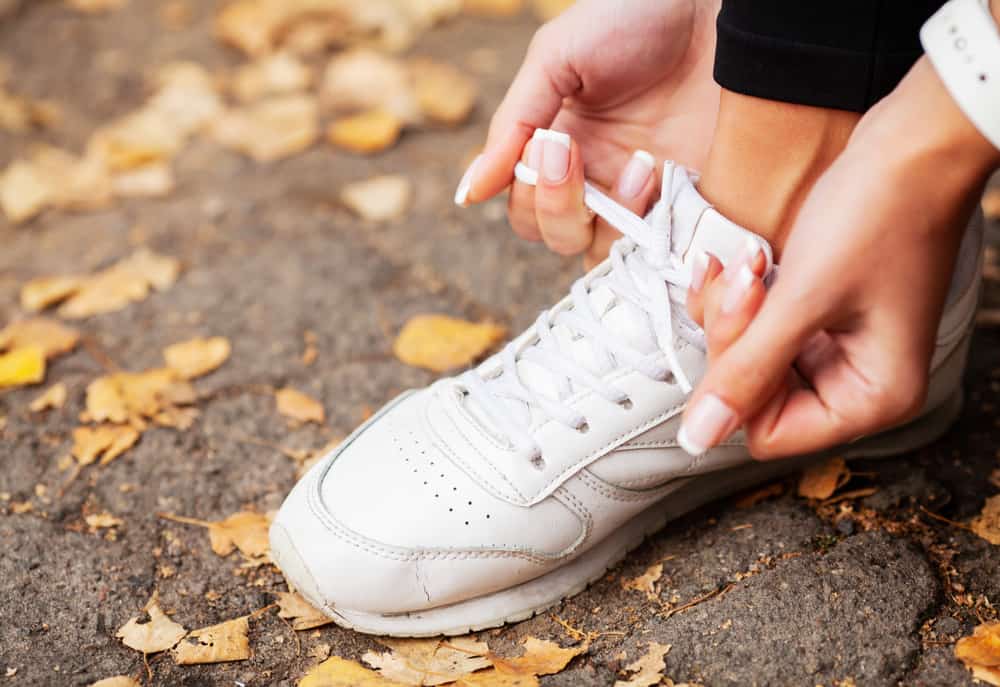
There is also a way for you to measure the width of your foot at home. All you have to do is get a large piece of paper (big enough for you to stand on with both of your feet) and place it on an even surface.
Then, with a pen or marker trace the outline of both of your feet. After you’ve done that, get a ruler or a measuring tape and measure the widest parts of your footbeds, from the big toe joint to the small toe joint. This measurement is called the ball width.
If one of your feet is bigger than the other (which is perfectly normal), take those measurements into consideration. Once you have your number, you will be able to determine what shoes to get.
Make sure the surface you’re standing on is really flat and the time you are measuring your foot is in the evening. This last one is important because our feet tend to swallow during the day. So, you want your measurements to be as accurate as possible.
Unfortunately, there is no standard width chart that can tell you precisely that the number you got falls into the category “wide” or “narrow”. The best thing would be to notice how your everyday shoes fit.
If they feel just fine, then you can peek under the tongue of the shoe or on the sides of the upper where manufacturers usually place information like this one. There you will be able to see one of the width categories which will help you decide whether you need to go up in width or not.
What are considered to be wide shoes?
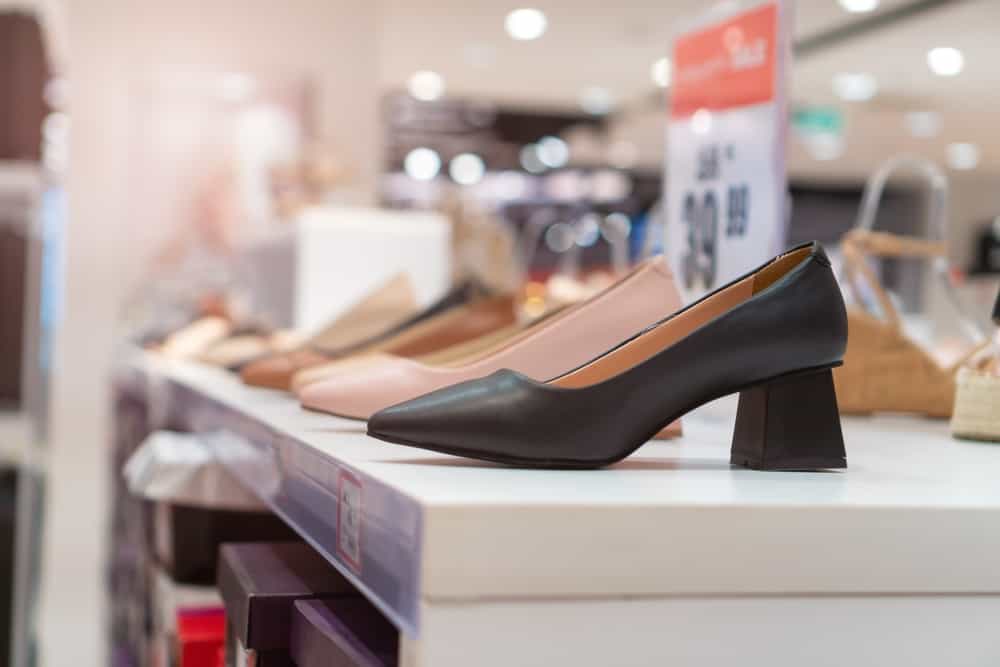
There are three factors that have to be taken into consideration when it comes to shoe width.
First of all, the length of the foot. It can be measured similarly to the width by placing the piece of paper on a flat and even surface, outlining the foot shape, and measuring the length from the heel to the longest toe.
Second, it’s the width of the foot, something we have already discussed. Third and final, it’s the instep girth or the circumference of the instep. That’s the bony ridge on the surface of the foot that can be measured by running a measuring tape in a loop through the instep point and around the foot’s plantar surface.
Wide-fit shoes are those that are wider across the shoe, have more space around the toe box, are deeper from top to bottom, and have a high instep, so the wider feet can fit perfectly.
How are wide-fit shoes labeled?
Many shoe brands offer their shoes in wide-fit, too. Those versions are indicated by letters and are not the same for men and women, since men usually have wider feet, to begin with.
The medium width for women, also considered to be the standard one, is the B width. Almost every female shoe on the market will come in this width as their regular one, which for men is considered to be narrow.
Next, there is the D width. This one is considered to be a wide-width shoe measurement for women, while for men it’s medium.
E width shoes are considered to be wide shoes for men, and extra wide for women. And EE width (or 2E) is extra wide for both men and women. The more E’s there are, the wider the shoe.
EE width was actually extremely hard to find for women in the past. Thankfully, more and more companies have started to offer them in recent decades.
Can I wear wide-fit shoes with normal feet?
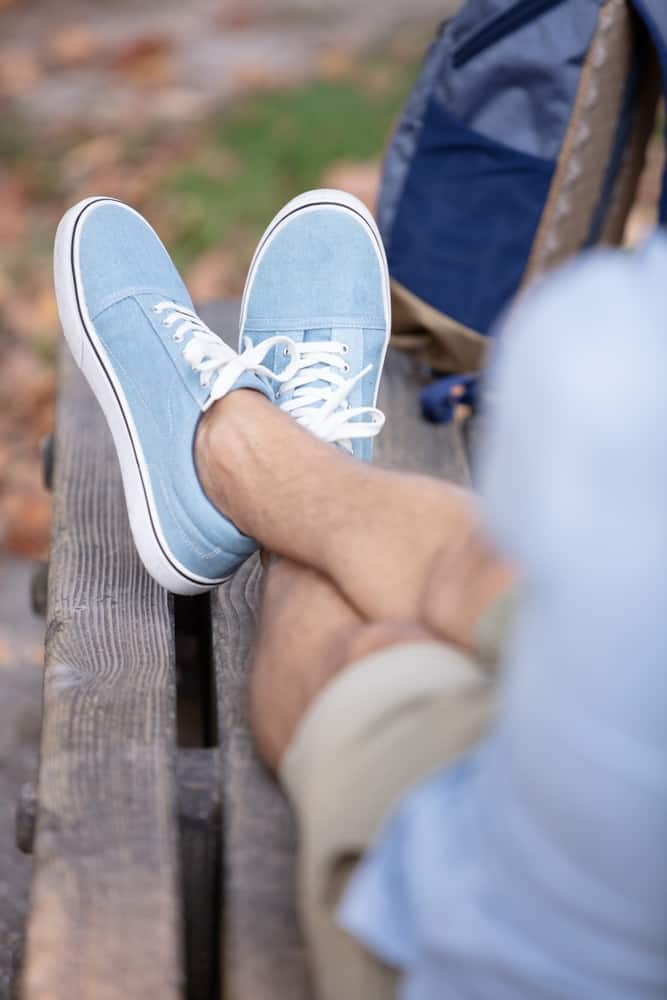
If you are comfortable when wearing wide-fit shoes even though your feet are considered to be ‘normal’, then by all means wear them.
Wearing wider shoes can in fact be beneficial for you. Remember when we said previously how our feet can swell during the day? Well, to ensure you feel comfy all day long, you can definitely go for a wider fit, just don’t go for overly wide ones.
However, there are certain occasions when it is not really recommended for you to wear wide-fit shoes. Sure, your comfort is important, but the activities you are planning on doing also bear some significance.
For example, if you are planning on participating in certain sports activities where you will be doing a lot of running and jumping, it’s not advised to wear wide-fit shoes. This can cause you to fall or result in many foot problems, like muscle pain, blisters, or calluses.
Also, never wear wide-fit shoes if you will be walking on wet, slippery, or uneven surfaces. Your feet can slip inside the shoe because of all that free space, which will consequently cause you to trip or even fall. That in itself can have other, more serious consequences, like broken bones, or even worse.
Wearing wide-fit shoes when you don’t have wide feet can also change your natural stride. Because of all that free space inside, it can result in you walking abnormally, and contracting your toes in the long run.
It is always best to go with the width that’s perfect for you. You can never be sure enough about what can happen, and you don’t want your arm or leg ending up in a plaster cast because you wore wider shoes than necessary.
If you’re going on a light afternoon walk and the terrain is familiar to you, then sure – go with the wide-fit shoe. But if you’re planning on going for a run, stick to your trusty running shoes.
Are wide-fit shoes better for people who have flat feet?
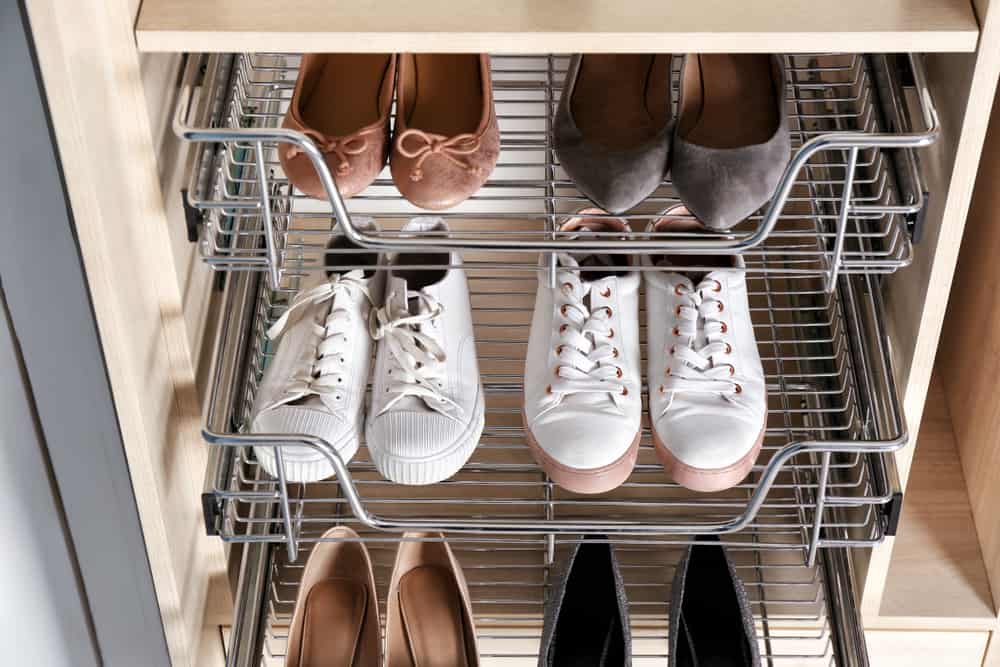
Many people who have flat feet are advised to steer away from narrow shoes. Because these people often apply more pressure to the toe area, they can benefit from wearing wider shoes with roomier toe boxes since it can significantly decrease toe cramping.
So, unless you have narrow feet, to begin with, you should exchange your narrow shoes for wide-fit ones.
